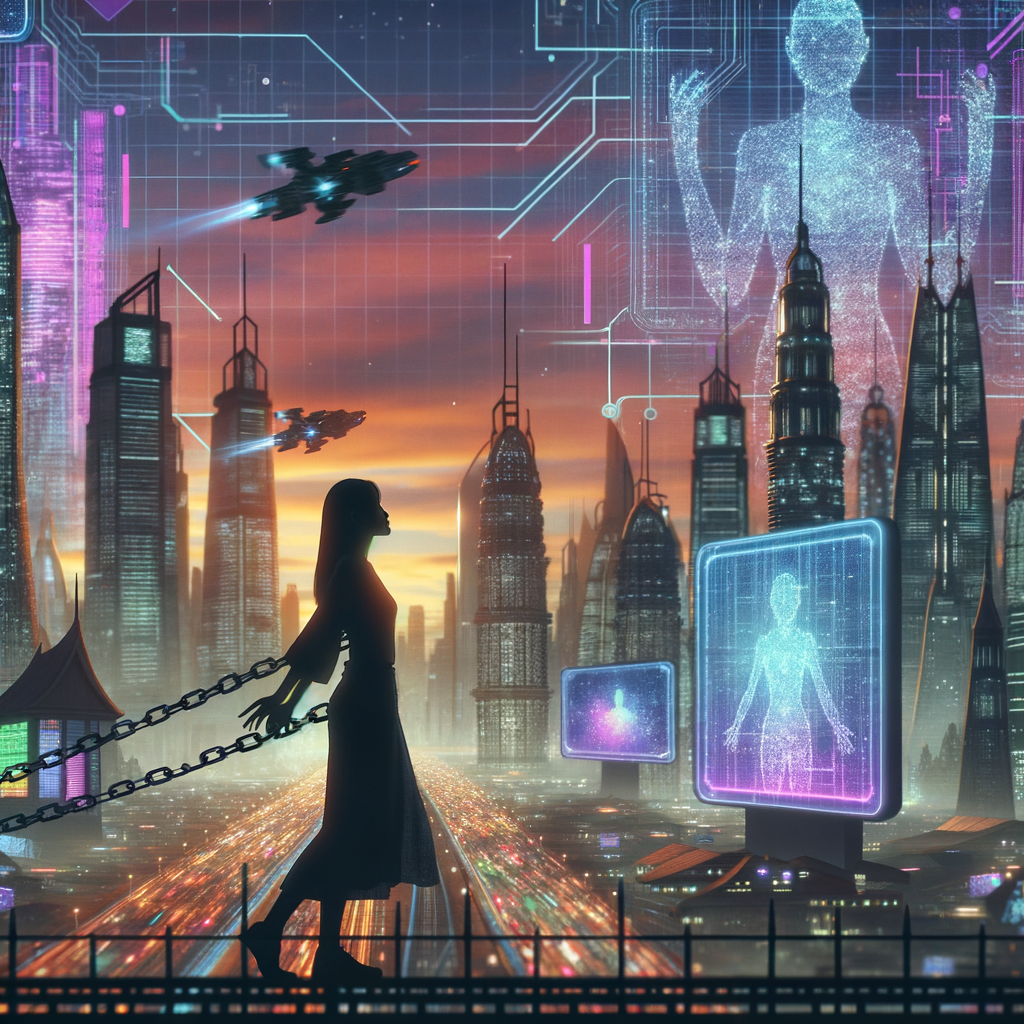
Empowering the Fearful: How AI Transforms Tech Anxiety into Digital Liberation
Lewis BaconShare
For many, the swift progression of technology presents both benefits and challenges. The digital age offers remarkable chances for growth, connection, and ease. Conversely, it fosters a sense of caution—a concern about becoming outdated, of failing to stay current, or even worse, of being supplanted.
Artificial Intelligence (AI) is at the centre of this technological tornado and is often seen as a sign of a future in which humanity may find it difficult to fit in. But what if we’ve misunderstood everything? What if AI is the hero about to turn our fear of technology into freedom, rather than the villain in our story?
Understanding the Fear
We must confront our fears before we pursue freedom. Concerns about technology extend beyond the pace of change; they also encompass the gaps in people's understanding.
There is a concern that your abilities may lose their value, that your personal space might be compromised, or that AI could make decisions without considering moral implications. While these fears hold some validity, they do not encompass the entire reality.
AI as the Great Empowerer
Envision a reality where AI handles not your role, but the tedious, repetitive duties that fill your day. A realm where your creativity and strategic thinking are cherished above all, allowing you the freedom to fully immerse yourself in them. This is not a far-off dream; it is a reality that AI is gradually shaping.
Making Expertise More Accessible
AI has the ability to simplify intricate information, allowing everyone to access expertise. It clarifies what was once obscure, from coding to investing, making it accessible for everyone in different areas. In an instant, you can step forward without needing years of experience to make thoughtful choices or to pursue fresh opportunities.
Adapting Education to Individual Needs
The era of uniform education is behind us. AI customises learning experiences to align with personal needs, paces, and preferences. This approach guarantees that everyone is included, turning learning from a source of stress into a foundation for personal and professional development.
Creating New Opportunities
As AI takes on the predictive and routine tasks, fresh opportunities arise, opportunities that call for human empathy, creativity, and judgement. Rather than replacing jobs, AI is transforming the job landscape, guiding us towards careers that are more meaningful and deeply connected to our humanity.
A Transformation: Embracing Liberation Over Fear
To truly embrace the opportunities AI presents, we need to transform our culture. This involves nurturing a perspective that embraces continuous learning, flexibility, and a deep comprehension of AI. It is about shifting from a mindset of fearing the loss of "jobs" to embracing the emergence of new "roles" and "opportunities."
It is essential for us to actively connect with AI, grasping how it operates, what it can achieve, and where its boundaries lie. This doesn’t imply that we all need to become tech experts; instead, it encourages us to be informed participants in a technology-driven world. By clarifying AI, we alleviate our fears.
The Road Ahead
To truly embrace the opportunities AI presents, we need to transform our culture. This involves nurturing a perspective that embraces continuous learning, flexibility, and a deep comprehension of AI.
It is about shifting from a mindset of fearing the loss of "jobs" to embracing the emergence of new "roles" and "opportunities." It is essential for us to actively connect with AI, grasping how it operates, what it can achieve, and where its boundaries lie.
This doesn’t imply that we all need to become tech experts; instead, it encourages us to be informed participants in a technology-driven world. By clarifying AI, we alleviate our fears.